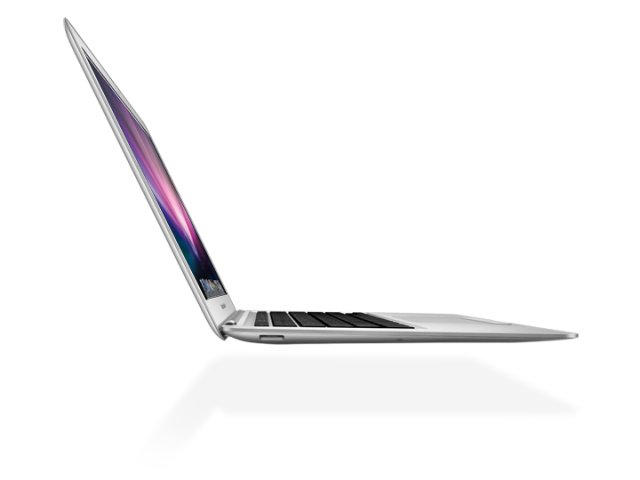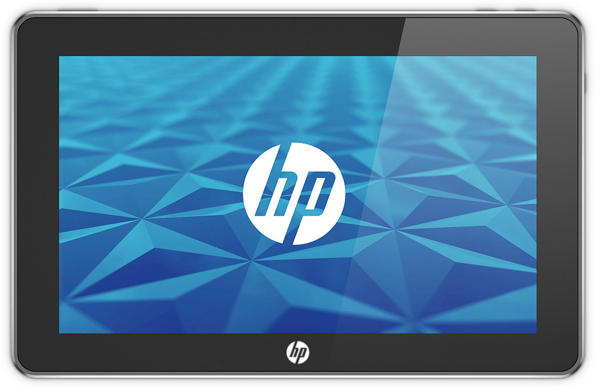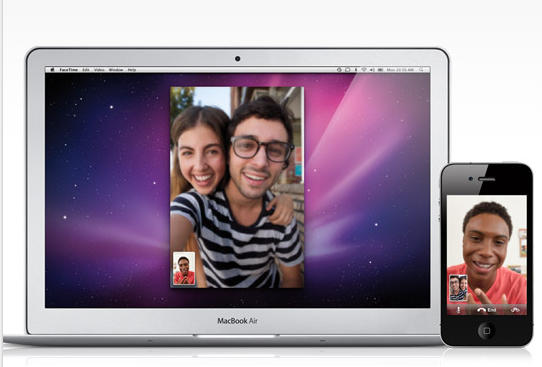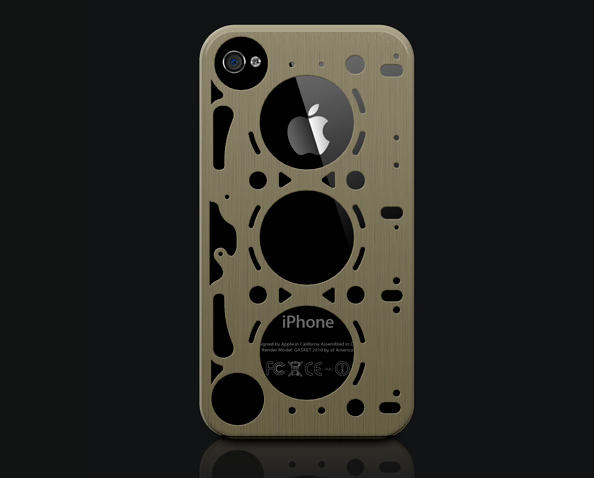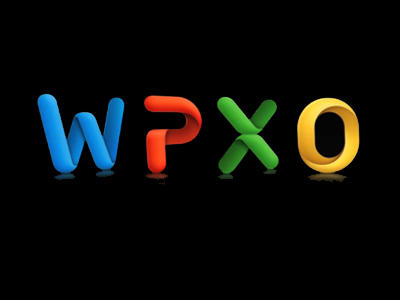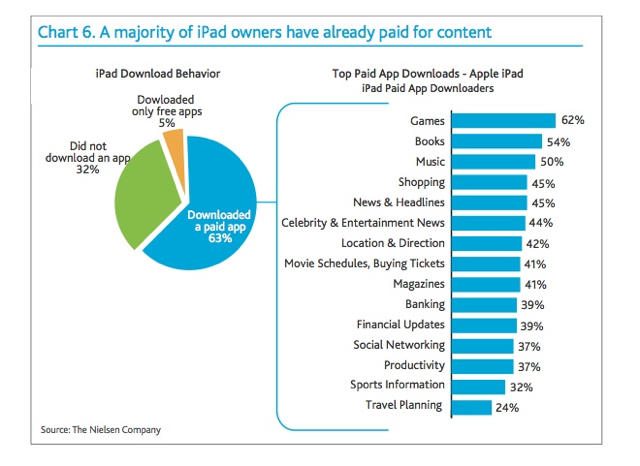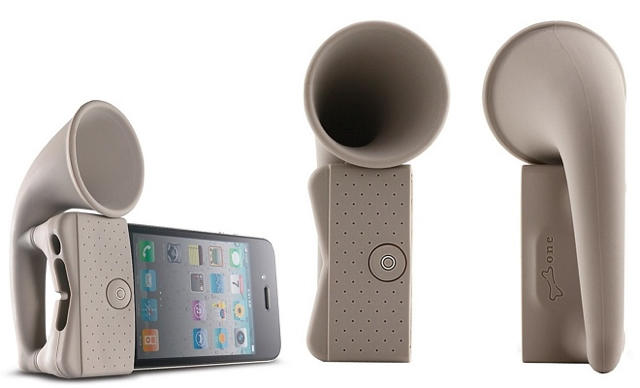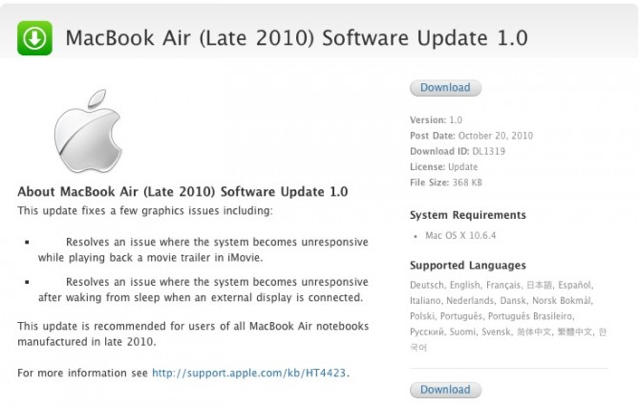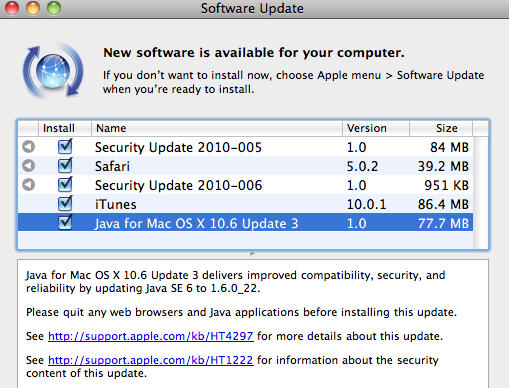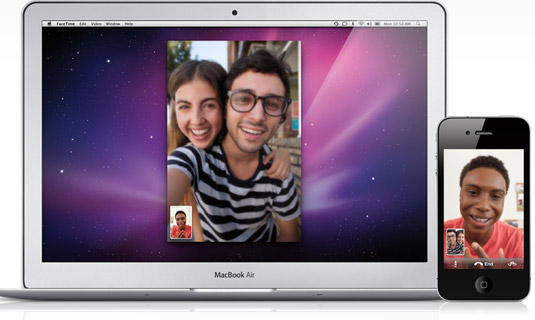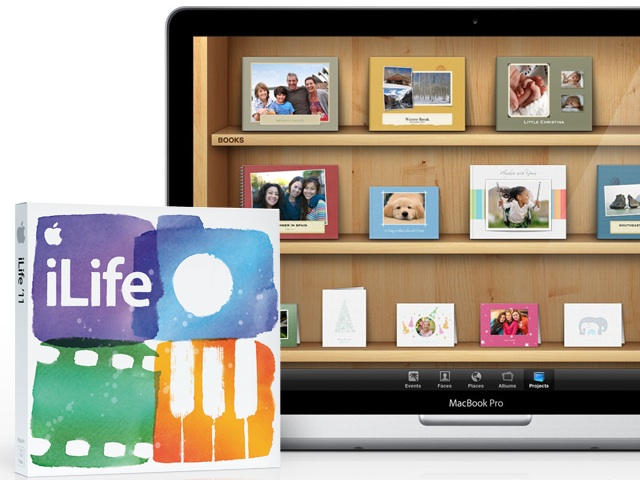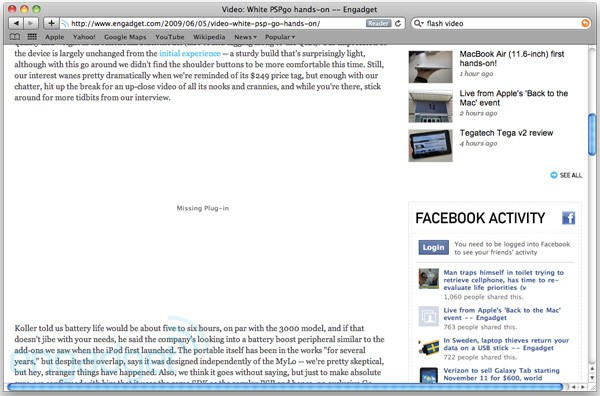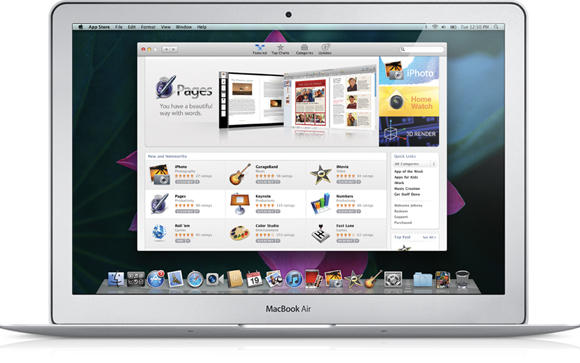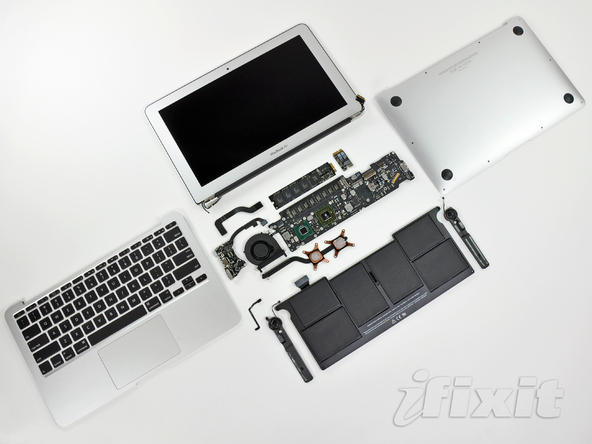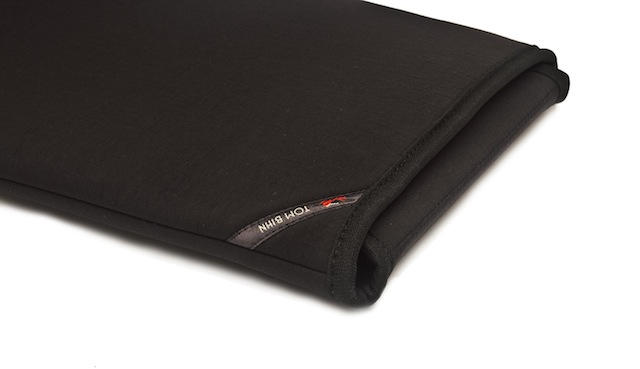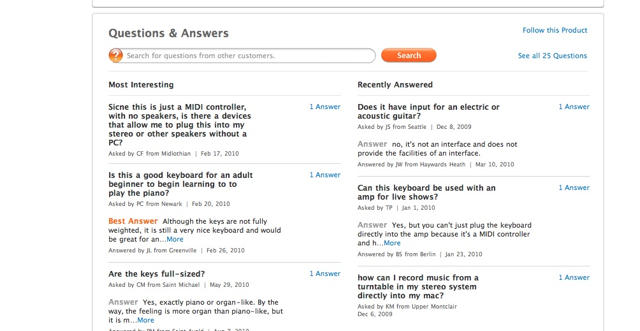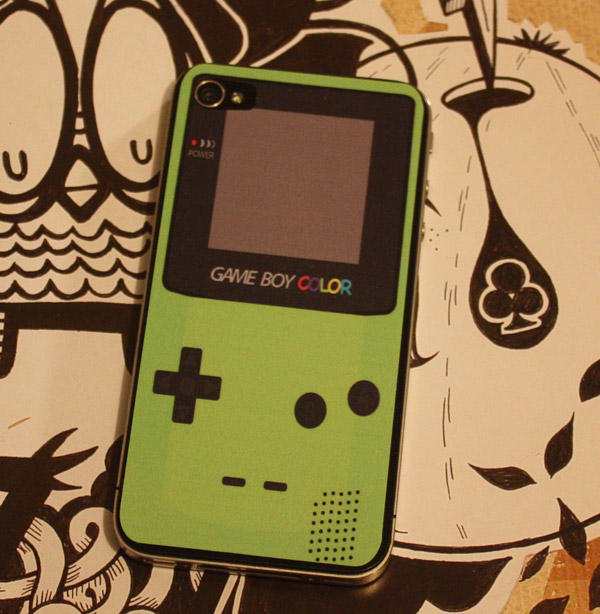Docks that can accommodate the iPad are a quickly swelling niche in the home electronics market; iHome’s throws another hat into the ring with their wide-stanced iA100, combining a sleek look and Bluetooth connectivity.
Bluetooth capabilities include streaming music from a BT-equipped iDevice, and turning the unit into an iPhone speakerphone (though Skyping won’t work, as Skype has yet to add BT functionality to their app). Sound from four active speakers is enhanced through the same Bongiovi DPS processing technology found on their flagship iP1, and a free app available through the app store add a slew of features like enhanced alarm controls, and even sleep stats.
The iA100 is available now, and sells for $199.
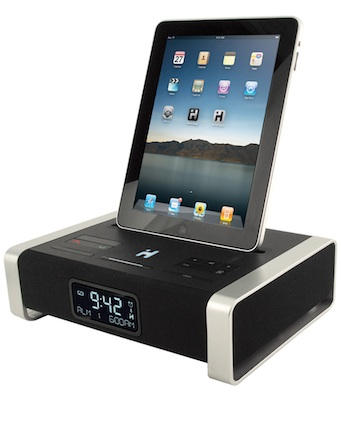

![Create Virtual Pottery On The iPad, Then Show It Off [New App] post-65452-image-f7423335a638dccca2dfa704eca37963-jpg](https://www.cultofmac.com/wp-content/uploads/2010/10/post-65452-image-f7423335a638dccca2dfa704eca37963.jpg)

